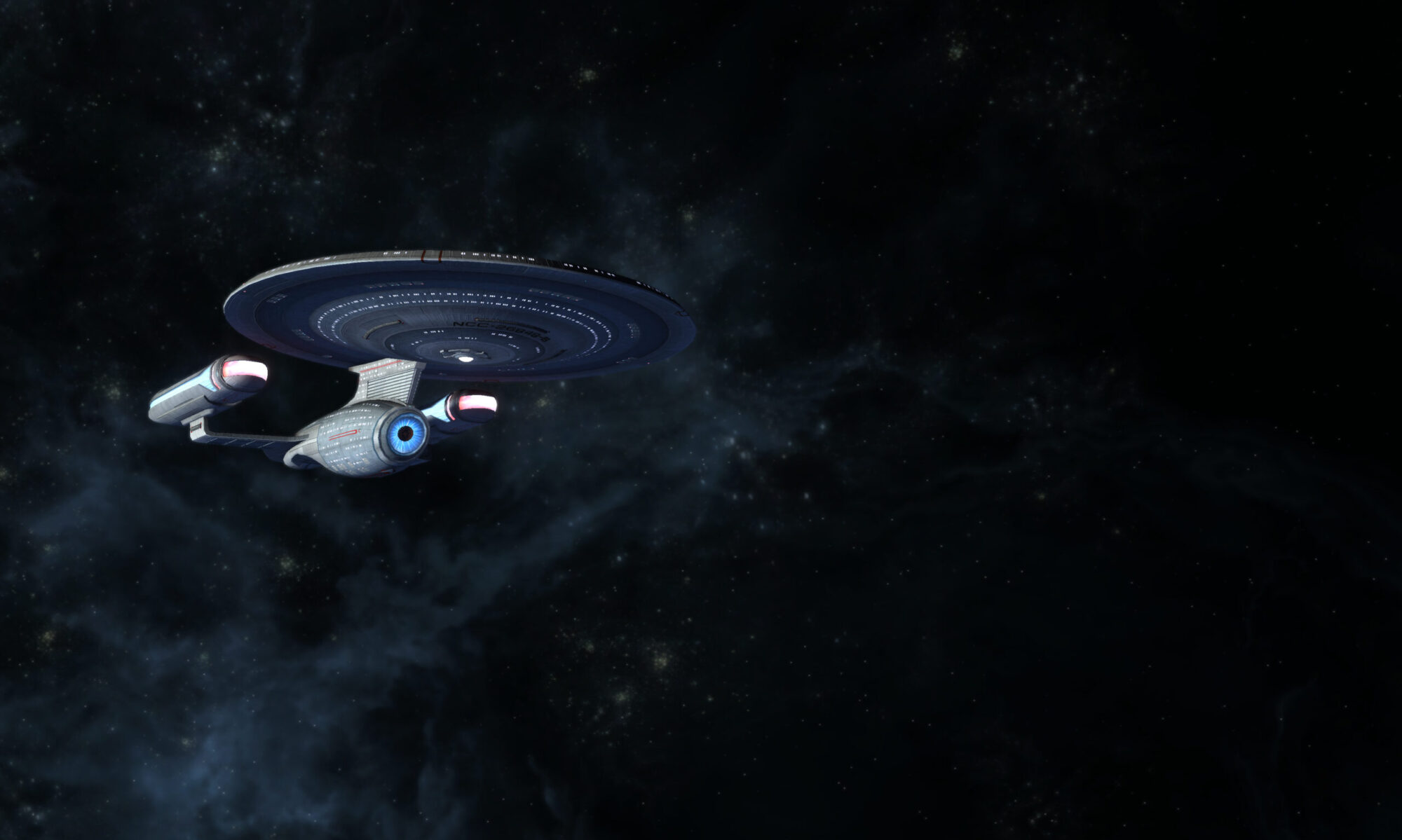
THIS WEEK IN STELLAR CARTOGRAPHY:
Stellar Cartographer Ensign Shawn Alpay here! Captain Perkins wanted me to provide you some context on a few very exciting stellar occurrences happening this week.
Saturday May 5 at 0835 PDT will yield the largest full moon of the year. The perigree of this “supermoon” will generate the largest tides seen in some time, exerting 42% more tidal force than the apogee two weeks later. To residents in the Loma Prieta’s San Francisco sector, I can happily report that such events harbor no known link to earthquakes.
Also this week is one of the best chances in your lifetime to see Venus with the naked eye. ‘Sol II’ will be best observed about an hour after sunset; it appears in the night sky beneath and to the right of the Moon. It’ll be closest to Earth on June 5th, but by then its phase will be thinner, due to its angle towards the Sun. At that time, however, we’ll be able to observe an eclipse-like Transit of Venus, during which the planet travels over the Sun; get your solar observation equipment handy, because this won’t happen again until 2117!
Speaking of eclipses, our next solar eclipse will occur in November, but you’ll have to be somewhere near the Oceania sector for the best view.
Finally, your moment of Zen: a binary star dubbed Sagittarii 2012 exploded into space last week. Of course, this occurred many years ago, but only now do Earth-dwellers observe such splendor. Google ‘Sagittarii 2012’ at your LCARS terminal to see a video of the nova’s appearance.
~Ensign Shawn Alpay
Stellar Cartographer
USS Loma Prieta
Starfleet, Region 4

APRIL SCIENCE REPORT:
The Beginnings of a Positronic Brain: Great headway is currently being made by Earth’s cyberneticists and the quest to create a sentient android. The BrainScaleS project has succeeded in launching their first prototype of neuromorphic hardware that emulates parts of the humanoid natural brain. It is an eight inch large wafer equipped with 51 million artificial synapses. In three years, when they are finished with the project, the artificial brain will be able to re-create neurological processes 10,000 times faster than in human brains. No doubt this research will be the building blocks that will lead to Dr. Noonien Soong’s success in creating a positronic brain.
Earth Claims Discovery of Oldest Planets: Recently Earth astronomers came upon the oldest alien planets discovered yet: 2 Jupiter-sized planets that were formed before the Milky Way galaxy was even formed. These 2 planets are estimated to be 12.8 billion years old and are 375 light-years away. No word from the Federation yet on whether a ship is going to be re-routed to explore these ancient planets.
Distilling Alcohol in Space: Long space missions can be very difficult to endure, so it is important to keep the ship’s inhabitants in good spirits—to that end NanoRacks LLC, with the assistance of Ardbeg distillery, is conducting a two-year experiment to create better alcohol for our comrades exploring the far reaches of the galaxy. Unmatured malt has been sent to the International Space Station orbiting Earth, where they will see how it develops without gravity. Everyone is very excited about the experiment and what will be learned about the chemical building blocks for new flavors.
~Ensign Amy Sloan
Cyberneticist
USS Loma Prieta
Starfleet, Region 4
